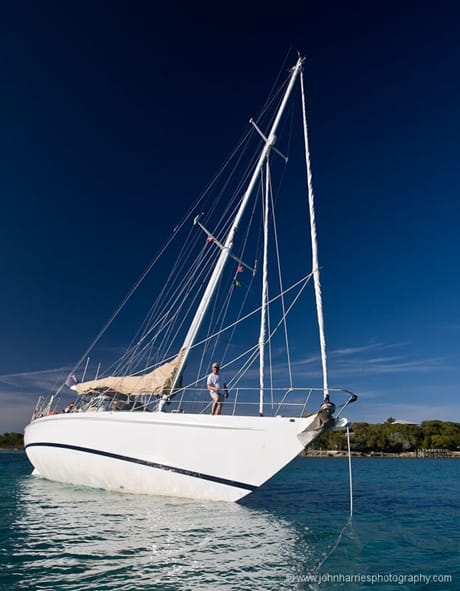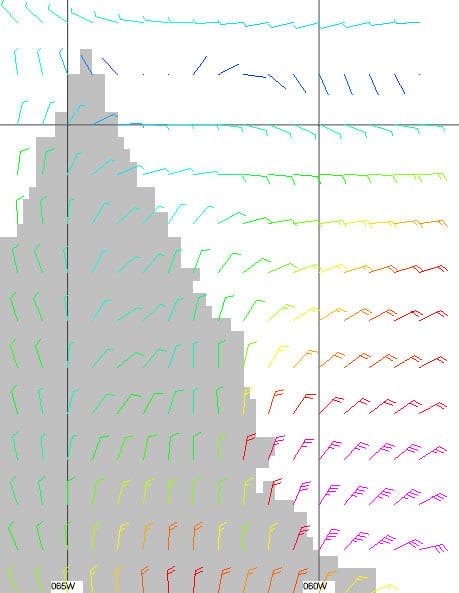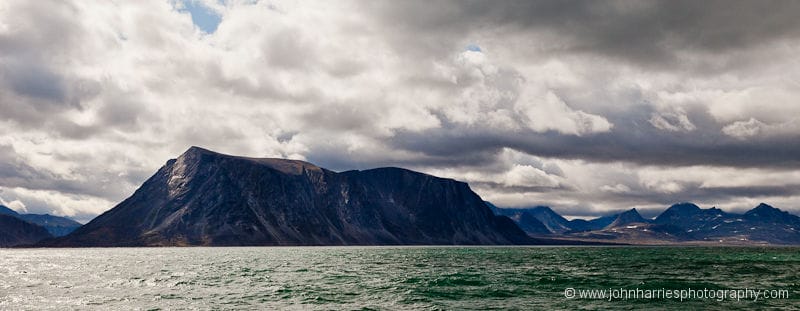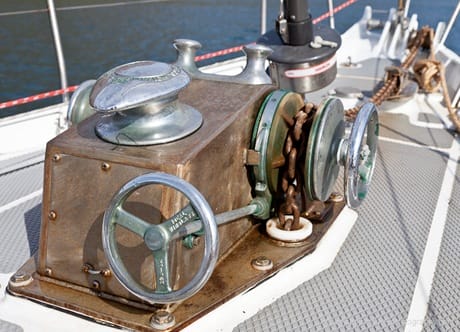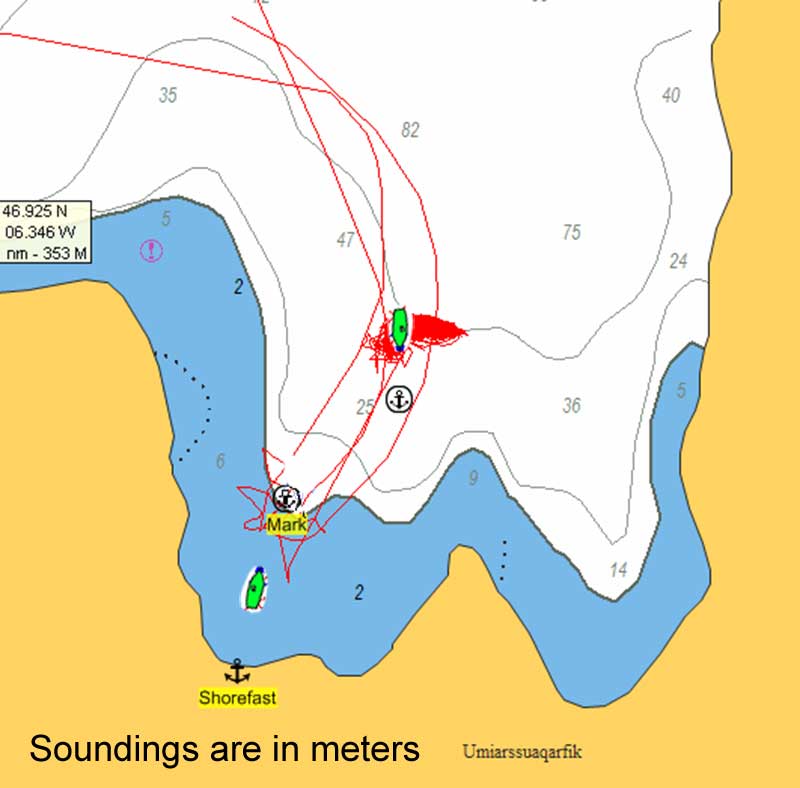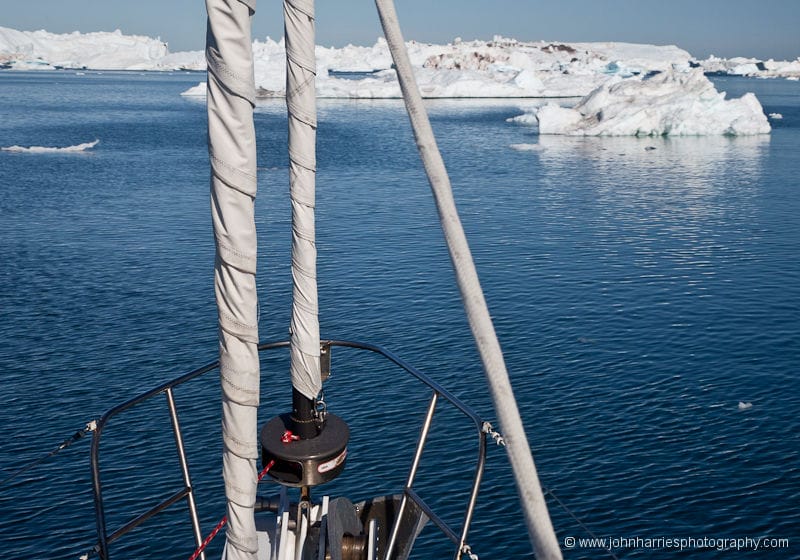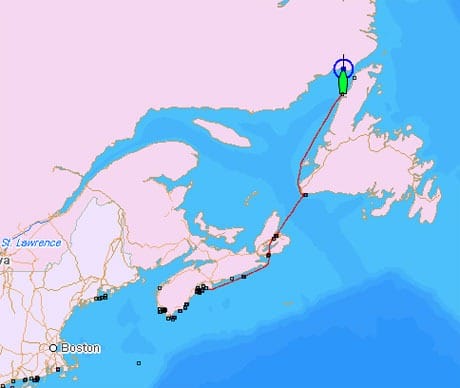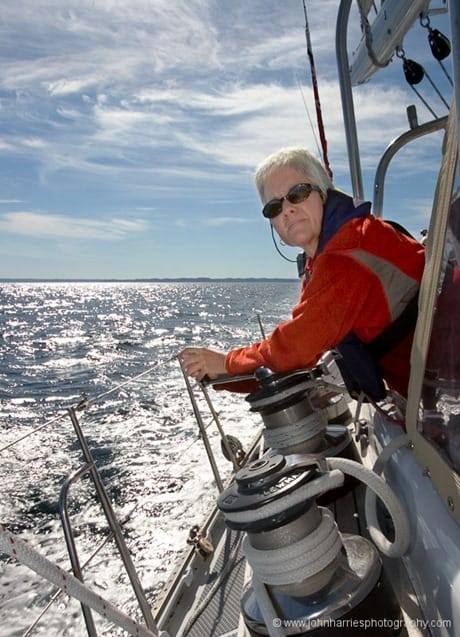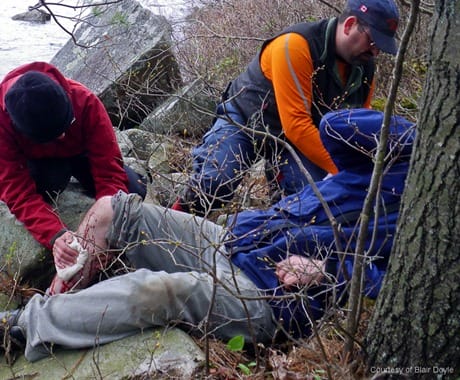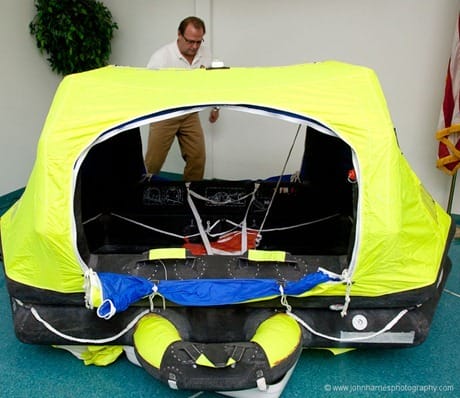-
The Best Camera Is The One You’ve Got
20 CommentsReading Time: 2 minutesFreeRead more: The Best Camera Is The One You’ve GotFor most casual photographers a small point and shoot is the best option, not least because you are more likely to be carrying it when you come across a great shot. But how do you choose among the scores of offerings? John takes you through the features that matter and recommends a specific camera.
-
Your Boat Should Forgive You
7 CommentsReading Time: 2 minutesFreeRead more: Your Boat Should Forgive YouMany of you will be aware of the sinking of the sail training vessel Concordia off the Brazilian Coast last year. The Canadian Transportation Safety Board (TSB) have now completed their report. I see lessons in it for all of us that go to sea, albeit rather different ones than those trumpeted in the media.
-
Q&A: Mixing Battery Sizes In One Bank
12 CommentsReading Time: 2 minutesFreeRead more: Q&A: Mixing Battery Sizes In One BankQuestion: Due to space considerations I want to use two 105 amp hour and two 150 amp hour batteries as a house battery bank. Would this arrangement be detrimental to the smaller batteries?
-
Arctic Voyage Milestones
17 CommentsReading Time: 3 minutesFreeRead more: Arctic Voyage Milestones“Morgan’s Cloud” returns to her mooring in Nova Scotia, 4 months, 7000 miles, and 60 degrees of latitude later.
-
It’s A Forecast, Not A Prophecy
2 CommentsReading Time: 4 minutesMembersRead more: It’s A Forecast, Not A ProphecyIn the last chapter I wrote about the importance of understanding the weather systems in a wide area around you rather than just looking at a GRIB or forecast for your immediate area. I believe this is so important that I’m going to write about another storm to drive the point home.
-
Cruising, The Unexpected Fun Experiences
2 CommentsReading Time: 2 minutesFreeRead more: Cruising, The Unexpected Fun ExperiencesWe were tied up alongside a fishery wharf in northern Newfoundland when the roar of powerful engines brought us tumbling up from below to see two seine boats attached stern to stern by a thick line and both at full throttle.
-
Labrador—A Cruising Destination, Not A Way Stop
20 CommentsReading Time: 3 minutesFreeRead more: Labrador—A Cruising Destination, Not A Way StopCould Labrador be your next attainable adventure? Find out more.
-
The Importance Of The Big Picture
4 CommentsReading Time: 3 minutesMembersRead more: The Importance Of The Big PictureIn this chapter I’m going to discuss a real world example of how we used the tools we have discussed in this book to manage a weather risk while transiting Hudson Strait and the northern coast of Labrador—no place to get caught by bad weather.
-
The Land God Gave To Cain Or Nunatsiavut?
8 CommentsReading Time: 2 minutesFreeRead more: The Land God Gave To Cain Or Nunatsiavut?Labrador: The Land God Gave to Cain or Nunatsiavut (Our beautiful land)? The crew of “Morgan’s Cloud” make their decision.
-
Baffin Island, Still Scary After All These Years
4 CommentsReading Time: 2 minutesFreeRead more: Baffin Island, Still Scary After All These YearsBaffin Island: “You might as well put a pistol to your head and pull the trigger”.
-
Voyagers And Greenlandic Fishermen—What We Have In Common
12 CommentsReading Time: 2 minutesFreeRead more: Voyagers And Greenlandic Fishermen—What We Have In CommonAs a visiting cruiser there are two ways to approach a different culture like that of Greenland: Continually complain about the inconveniences and criticize the differences from the way of life back home, or embrace the differences and try and learn from them.
-
A Windlass That Makes The Grade
94 CommentsReading Time: 4 minutesMembersRead more: A Windlass That Makes The GradeMost windlasses fitted to production cruising boats are simply inadequate and can leave you in very deep yogurt when things go wrong. In this chapter we show you what to look for in a good windlass and tell you about a feature, the lack of which contributes to about half of the dragging incidences we see.
-
Anchoring Decisions
3 CommentsReading Time: 2 minutesFreeRead more: Anchoring DecisionsA discussion on when, and when not, to use shorefasts when anchoring in difficult conditions.
-
A Science Project, The Crew’s Role
2 CommentsReading Time: 3 minutesFreeRead more: A Science Project, The Crew’s RoleManaging a sailboat in ice-filled waters with insecure anchorages on a schedule…a recipe for stress!
-
Serenity Served With Coffee And Cake
1 CommentReading Time: 2 minutesFreeRead more: Serenity Served With Coffee And CakeThe crew of Morgan’s Cloud attend a confirmation party and experience a crash course in cultural differences.
-
Humpback Whale Encounter
0 CommentsReading Time: < 1 minuteFreeRead more: Humpback Whale EncounterMany things have changed in the north, and wildlife has definitely been affected by climate change and other pressures, but sailing close to a pod of humpback whales is still one of the most incredible of life’s experiences.
-
The Straits Of Belle Isle—Enough With The Northeast Wind
3 CommentsReading Time: 3 minutesFreeRead more: The Straits Of Belle Isle—Enough With The Northeast WindAfter 20 years of sailing north toward Newfoundland and on to Labrador, John thought he knew how to get it done…until the weather patterns threw him a curve ball.
-
First Aid, Prevention Is Better Than Cure
10 CommentsReading Time: 2 minutesFreeRead more: First Aid, Prevention Is Better Than CureBut better than all the courses and kits is prevention—in other words, maybe your boom preventer should be considered part of your medical kit!
-
Great First Aid Course For Offshore Voyagers
10 CommentsReading Time: 3 minutesFreeRead more: Great First Aid Course For Offshore VoyagersJohn and Phyllis praise the Red Cross Wilderness First Aid Course they took in Nova Scotia and highly recommend it for anyone planning to go to remote places or offshore.
-
Things to Know About Anchor Chain
98 CommentsReading Time: 4 minutesMembersRead more: Things to Know About Anchor ChainThere are probably more misconceptions and just plain wrong information circulating about anchor chain than most any other piece of cruising gear. For this chapter I went to the experts at Peerless Chain to get the real facts.
-
Q&A: Radar Reflectors and/or AIS Transponders?
18 CommentsReading Time: 3 minutesFreeRead more: Q&A: Radar Reflectors and/or AIS Transponders?Question [Edited for brevity]: We have been upgrading the safety equipment on board our boat and are thinking of installing radar reflectors to amplify and enhance the radar signal we create to alerting oncoming vessels of our position during offshore sailing in bad weather and heavy seas. The Echomax Active-XS-Dual Band reflector seems very good, […]
-
Priorities In Preparation
20 CommentsReading Time: 4 minutesMembersRead more: Priorities In PreparationYou will never get everything done on your boat. This we guarantee. So one of the most important skills you can have as a boat maintenance technician is prioritization. In this chapter John tells a story of when he got his priorities wrong, and what he learned from that.
-
Air-Sea Safety and Survival Inc.
12 CommentsReading Time: 3 minutesFreeRead more: Air-Sea Safety and Survival Inc.We are really careful about getting our liferaft serviced each year. So back in the fall we contacted Raymond Harvey at Air-Sea Safety and Survival Inc, here in Charleston, South Carolina, where we are spending the winter.
-
Clear The Decks For Action
54 CommentsReading Time: 5 minutesMembersRead more: Clear The Decks For ActionThere are few things more unseamanlike than a lot of clutter on deck. But, on the other hand, we all like our toys. Here are some thoughts (with photographs) on the things you really don’t want to festoon your boat with.
-
John’s Thoughts & Photos, February 2011
15 CommentsReading Time: 2 minutesFreeRead more: John’s Thoughts & Photos, February 2011From time to time our readers point us toward, or we stumble upon, something published on the internet that we learn from and that makes us better offshore sailors.

